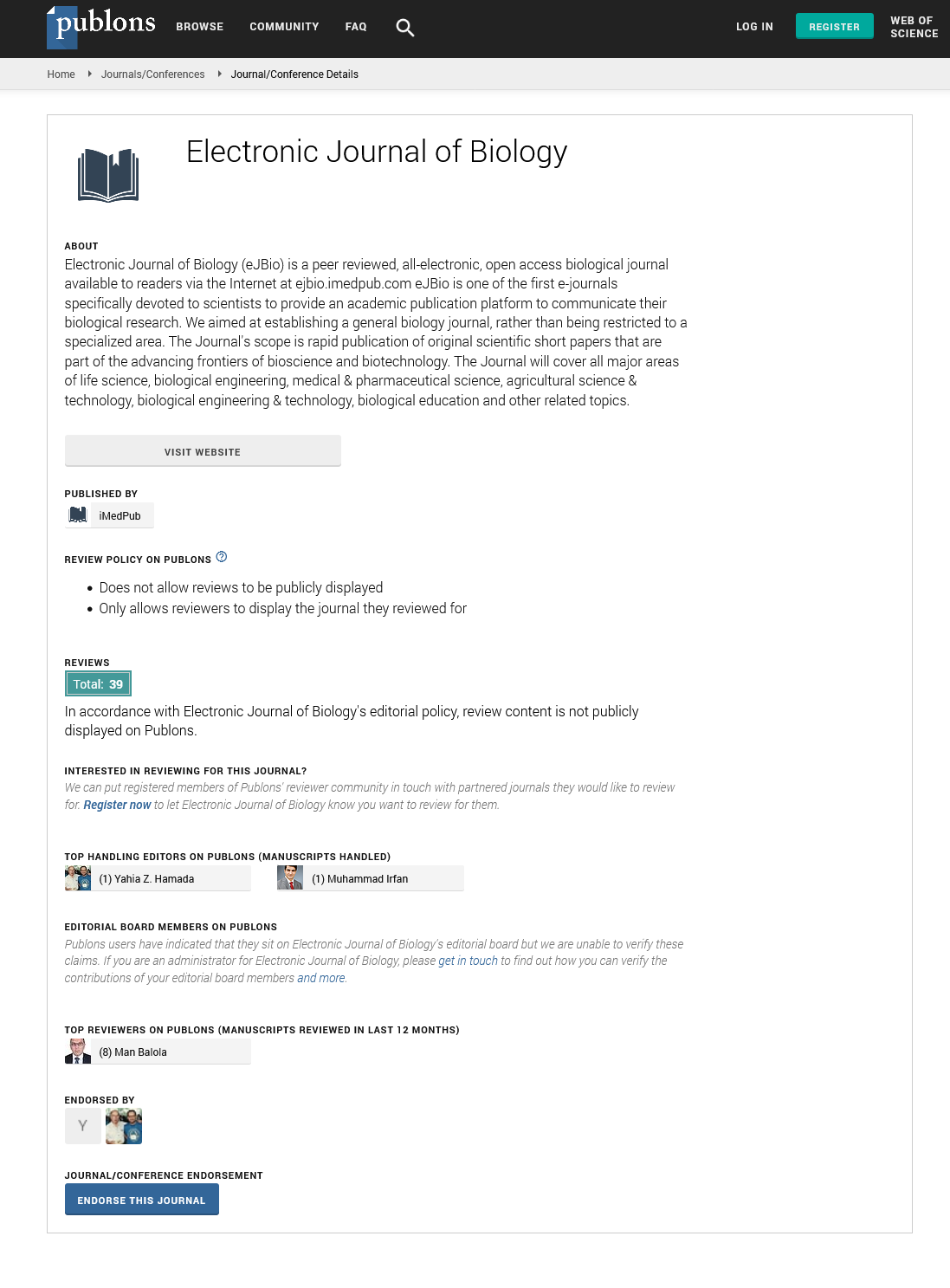Abstract
Stimulation and Attenuation Effects of Neuroactive Amines on cAMP Production in Two-spotted Mites Membranes
The interaction of biogenic amines including octopamine (OA), dopamine (DA), tyramine (TA), serotonin (5-HT), noradrenaline (NA) with octopamine / tyramine receptors and the resulting stimulation or attenuation effects of cyclic AMP (cAMP) production in vitro were investigated in the membrane homogenates of two-spotted spider mite, Tetranychus cinnabarinus. cAMP levels were determined by standard protein binding method. It’s found that 100mM OA could cause around 310~420% increasing of cAMP comparing with the basal treatment, which was done with 10mM theophyline. The stimulation effect of OA could be inhibited completely by OA antagonist, like 100mM miaserin. The adenylate cyclase (AC) system could be activated by 10mM forskolin with an average stimulation of around 1200% enhancement of cAMP production. 5-HT and NA displayed no significant potential stimulating or attenuation effects on the AC activity. It’s very interesting to find that DA, which has similar structure with octopamine except its m-hydroxyl group in the phenyl ring, could significantly inhibit the cAMP production at above 10mM concentration. Further study showed that IC50 of DA as an antagonist behaviour was 25.1mM. It’s apparent that 1mM DA could attenuate cAMP stimulation to a level below what the basal did. The attenuation of DA could be partially recovered from TA or DA antagonist yohimbine. More interestingly, with 10mM TA alone, it could cause about 40% increasing of cAMP. While 100mM TA was added with OA, it did not showed additive increasing effects rather than partial attenuation of OAstimulated cAMP production by 30% decreasing.
Author(s): Canping Pan, Fuheng Chen, Yoshihisa Ozoe
Abstract | Full-Text | PDF
Share this

Google scholar citation report
Citations : 5001
Electronic Journal of Biology received 5001 citations as per google scholar report
Electronic Journal of Biology peer review process verified at publons
Abstracted/Indexed in
- Google Scholar
- China National Knowledge Infrastructure (CNKI)
- CiteFactor
- Electronic Journals Library
- Zoological Records
- WorldCat
- Proquest Summons
- Publons
- MIAR
- Openaccessarticles.com
- Secret Search Engine Labs
Open Access Journals
- Aquaculture & Veterinary Science
- Chemistry & Chemical Sciences
- Clinical Sciences
- Engineering
- General Science
- Genetics & Molecular Biology
- Health Care & Nursing
- Immunology & Microbiology
- Materials Science
- Mathematics & Physics
- Medical Sciences
- Neurology & Psychiatry
- Oncology & Cancer Science
- Pharmaceutical Sciences


